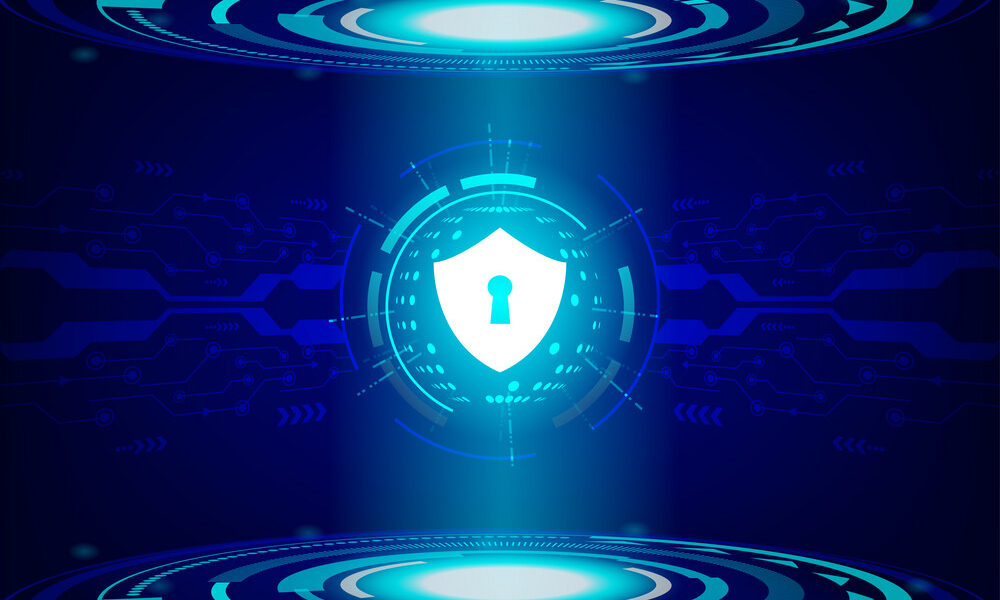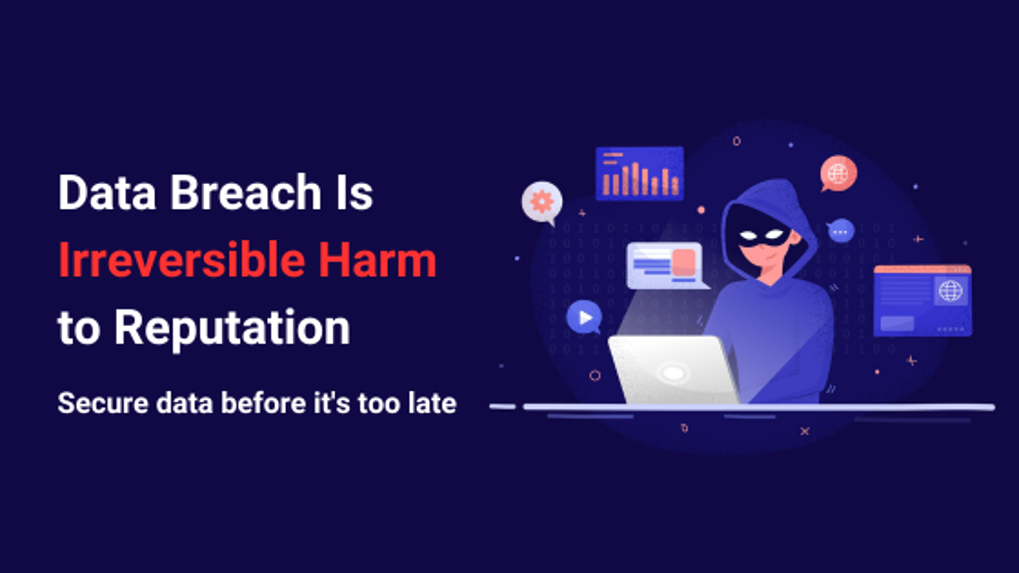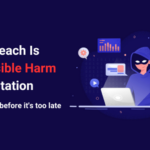Ransomware
Ransomware is a special type of malware that is designed to encrypt files and render them inaccessible thus paralyzing the digital systems. Hackers take advantage of security weak spots to steal sensitive data, lock and encrypt the victim’s data, important files and then demand a payment to unlock and decrypt the data.
How it works
The frequency of attacks has escalated in the past few years, and they’re carried out more and more professionally. Ransomware works its way into computer systems by exploiting vulnerabilities such as outdated operating systems and patches. Once the Ransomware has worked its way into a device, hackers can encrypt the data and lock out the user hackers want. They post a malicious note to run on the screen for the person who tries to log on. The sinister message explains their computer has been hacked and how to pay the ransom. At this point, there is little the user can do to recover their encrypted files.
Protect against Ransomware attacks
There are steps that end users and companies alike can take to significantly reduce the risk of falling victim to ransomware. Below enlisted are five vital security practices to have in any business
- Frequent & Tested Backups-Backing up every vital file and system is one of the strongest defenses against ransomware. Backup files should be tested to ensure data is complete and not corrupted.
- Structured & Regular Updates– Most software used by businesses is regularly updated by the software creator. Every company should define processes and designate an employee to regularly update software. Fewer people involved with updating the system means fewer potential attack vectors for criminals.
- Practical Restrictions-Certain limitations should be placed on employees who work with devices that contain company files, records, use devices attached to company networks that could be made vulnerable, third-party or temporary workers,etc
- Proper Credential Tracking– Any employee, contractor, and person who is given access to systems create a potential vulnerability point for ransomware. Failure to update passwords, and improper restrictions can result in even higher probabilities of attack at these points.
- Incident response plan– Have an incident response plan that includes what to do during a ransomware event.
Respond to an attack
Below are some of the steps that should be taken to respond to a ransomware attack.
- Isolate the Affected Systems– Make sure that the infection doesn’t spread further. Identify which systems were affected and isolate them right away, power down infected devices to stop ransomware from spreading if the affected devices cannot be removed from the network, engage internal and external teams and let them know how they can reduce the impact of the incident
- Report the attack-Notify relevant authorities, other impacted businesses, and affected individuals when a company suffers a data breach. People can take action to lessen the likelihood that their personal information will be misused if alerted as soon as possible that it has been compromised.
- Remediate the Damage-If a recent backup has been performed and securely stored, the simplest way to accomplish this is the restoration of the machine from the backup after it has been scanned for signs of infection. If a backup does not exist, identify the specific type of ransomware that has infected the machine and take actions accordingly.
- Recovering Data- It’s crucial to check the status of backups when a recovery is necessary. Best backup practices are redundancy and keeping backups checked, segregated, or offline. Companies should have an effective backup procedure that adheres to industry standards.
- Eradicate the Malware-The simplest method for guaranteeing that a computer is no longer infected with ransomware is wiping it completely and restoring it from a known clean image. Often information on how to eradicate the threat from an infected machine is available online.
5 basic security tools for business to combat ransomware
While not every company has the budget or staff for an elaborate security infrastructure that includes pen testing, risk assessments, etc, what every business does need is a basic set of tools and processes that can minimize the chances that a ransomware attack will happen.
- Email Security
- Endpoint Security
- Access Management & Privileged Access Management
- Multi factor Authentication & Password Management
- Vulnerability Management
So, apply these 5 basics and be prepared.
Dinoct & Ransomware Protection
Actions to prevent and detect ransomware attacks are mandatory to keep your system safe. Dinoct implements industry standard security controls NIST CSF, CIS and uses best-in-class tools such as Wazuh security platform to detect threats including ransomware attack. It detects ransomware activity before it does widespread damage, using policy-based monitoring and deception technology. Suspicious file access behavior is identified in real time and also provides data that can help security teams investigate and report on ransomware activity.
In addition to ransomware detection and prevention, Dinoct’s data security solution protects the data wherever it lives—on premises, in the cloud and in hybrid environments. It also provides IT teams with full visibility into how the data is being accessed, used and moved around the organization.
Closing Thoughts
With ransomware holding steady as one of the most significant threats facing businesses and individuals today, it is no surprise that attacks are becoming increasingly sophisticated, more challenging to prevent, and more damaging to their victims. Staying in-the-know about the latest ransomware exploits keeps users diligent against the latest attacks. Don’t wait to update your system networks and devices. By the time hackers find a way into your system with ransomware, it’s too late to make updates.






